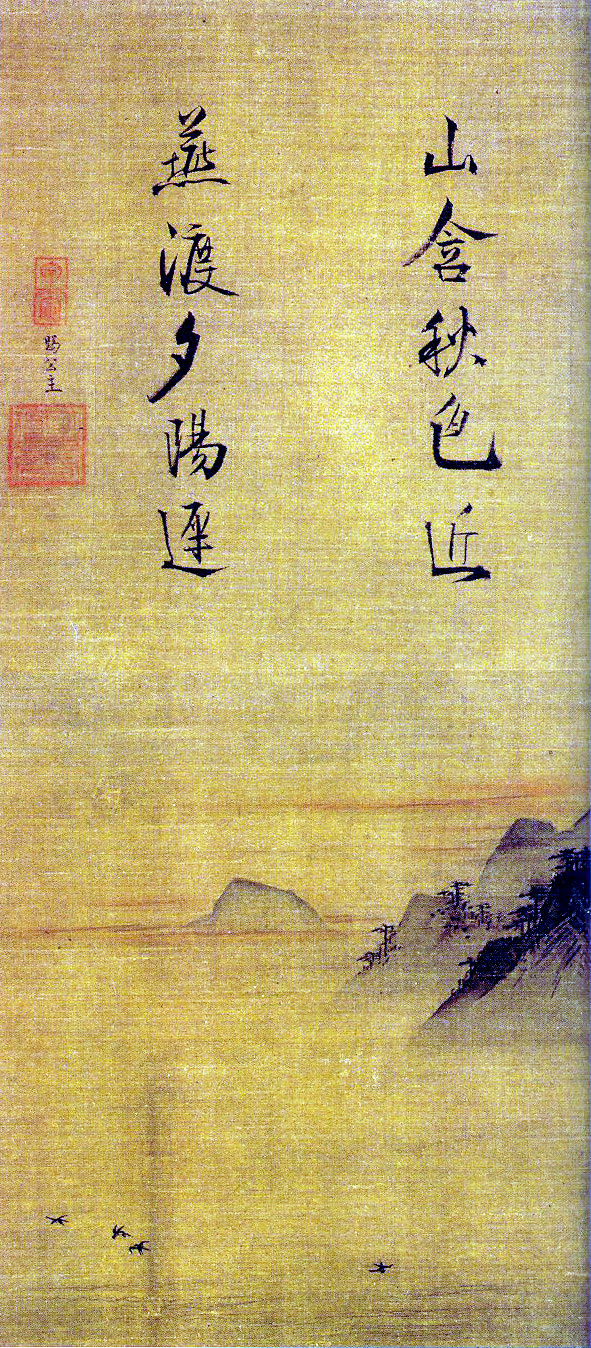Last night some friends were showing me photographs of Bonneville Salt Flats. I immediately dredged from childhood memory the name of Gary Gabelich, who set the land speed record there in 1970. Bonneville was in fact the site for all the land speed records from 1935 (Malcolm Campbell) to 1970: most of the earlier record breaking attempts took place on beaches like Daytona Beach (which has always sounded highly glamorous to me) and Pendine Sands in Wales (which doesn't). The most recent records have been set in Black Rock desert, which may look less spectacular than Bonneville, but which is still a fairly extreme landscape. Water speed records have also taken place in spectacular places of maximum flatness: Malcolm Campbell, for example, sped across the Romantic settings of Lake Maggiore (1937) and Coniston Water (1939).
The Bonneville photographs also reminded me of a trip I once made to the Dead Sea where I convinced our host to keep driving and driving in the hope of finding some spectacular salt landforms (no luck). I had in mind the kind of thing Michel Tournier describes towards the end of his novel
Four Wise Men (1982):
'the blue surface of the water was sprinkled with white dots... they were great mushrooms of white salt, rooted in the bottom and emerging at the top like reefs.' Tournier goes on to tell of elephants spraying each other with the salt water and inadvertently crystallising themselves (the kind of thing that makes you question where, in a landscape like The Dead Sea, realism ends and magical realism begins). Salt's tendency to encrust and transform has always lent itself to metaphor (Stendhal's description of love, for example). The transformation of Lot's wife in the Bible seems like a story straight out of Ovid's
Metamorphoses, except that the mention is all too brief: "But his wife looked back from behind him, and she became a pillar of salt."

Geological formation overlooking the Dead Sea, called Lot's Wife (from
Wikimedia Commons)
The growth of salt deposits has continued to affect the appearance of Robert Smithson's
Spiral Jetty. Smithson chose to work at the Great Salk Lake partly for the
blood-red colour of the water. However, it wasn't his first artwork based on a salt landscape:
Mono Lake Nonsite (Cinders Near Black Point) brought some rocks collected at "The Dead Sea of the West" into the gallery. There is a
film of the 1968 trip Smithson made to the lake with Nancy Holt and Michael Heizer, described by Lennie Bennett
here as "guileless and optimistic, a self-portrait of three young artists on the brink of fame, scrambling around the ancient landscape with voiceovers by Smithson and Heizer reading passages from books about the lake. Smithson picks up handfuls of rocks that he later incorporated into an installation, along with his famous mirrors. At the end, they set fire to a map of the area; Smithson also used the cinders as part of that installation."
In one of his conversations with Denis Wheeler, Smithson talked about Mono Lake and pointed Wheeler to Mark Twain's
Roughing It (1872). There Twain says "This solemn, silent, sailless sea—this lonely tenant of the loneliest spot on earth—is little graced with the picturesque. It is an unpretending expanse of grayish water, about a hundred miles in circumference, with two islands in its centre, mere upheavals of rent and scorched and blistered lava, snowed over with gray banks and drifts of pumice stone and ashes, the winding sheet of the dead volcano, whose vast crater the lake has seized upon and occupied." But Twain
does find something of the picturesque in the some landforms that recall Tournier's description of the Dead Sea: "all around its shores stand picturesque turret-looking masses and clusters of a whitish, coarse-grained rock that resembles inferior mortar dried hard; and if one breaks off fragments of this rock he will find perfectly shaped and thoroughly petrified gulls' eggs deeply imbedded in the mass. How did they get there? I simply state the fact—for it is a fact—and leave the geological reader to crack the nut at his leisure and solve the problem after his own fashion."

